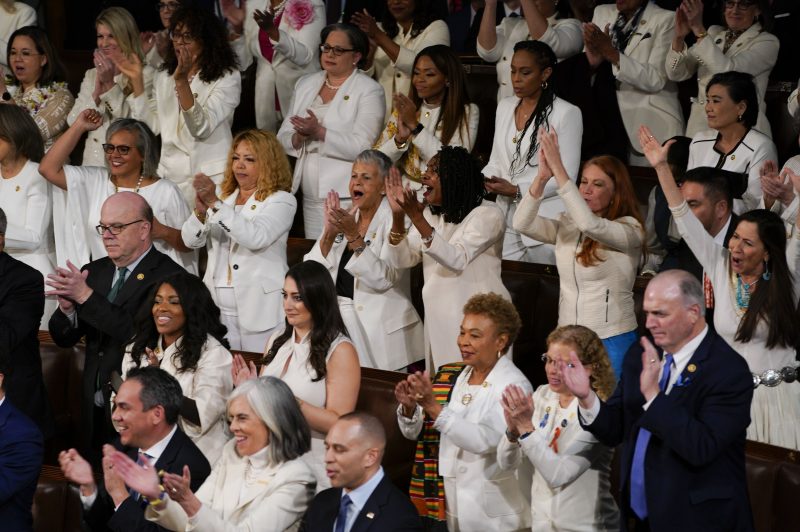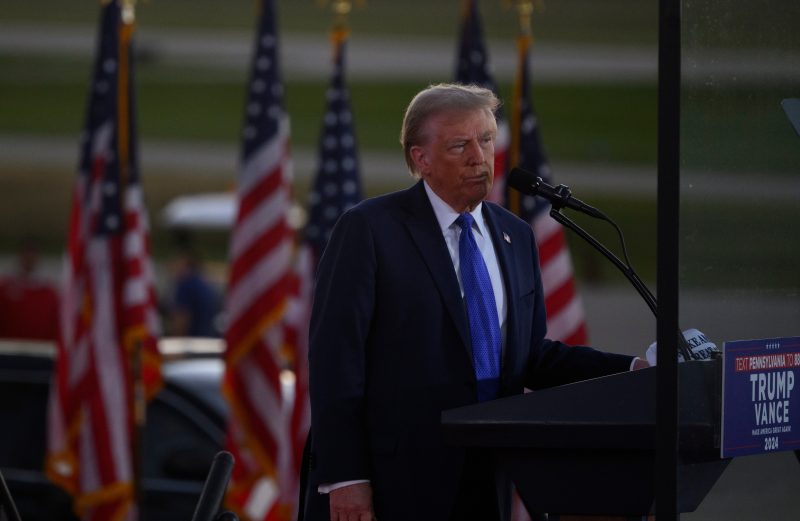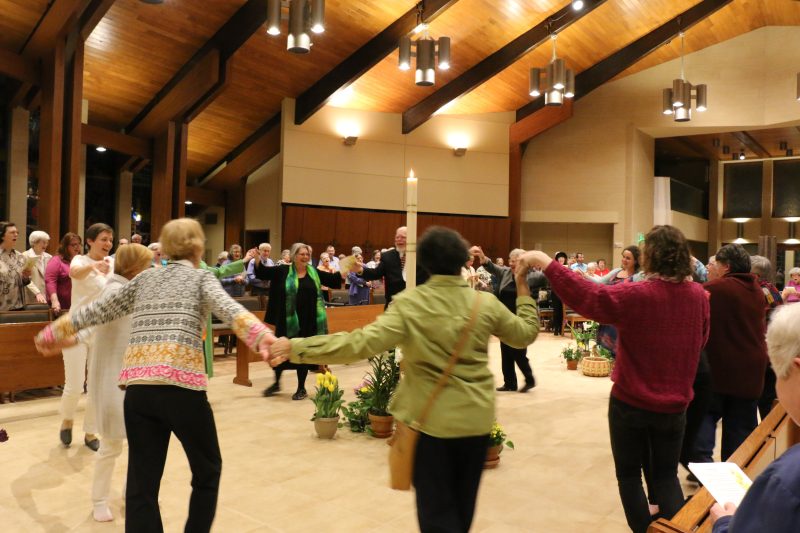
Why women were wearing white at the State of the Union
As political leaders and guests shuffled into the U.S. Capitol for President Biden’s high-stakes State of the Union address Thursday night, overhead views of the chamber revealed a sea of white.
Dozens of Democratic congresswomen donned the color in what they said was a statement about reproductive rights. (They also wore pins saying “fighting for reproductive freedom.”) The show of solidarity comes at a time when abortion access has been restricted in many parts of the country in the fallout of the Supreme Court’s Dobbs decision, and after a Alabama Supreme Court decision sparked alarm about the future of in vitro fertilization. Such a dress choice intentionally harks back to the white worn by early-20th-century suffragists.
Rep. Linda T. Sánchez (D-Calif.) said on social media that the shade demonstrates “our fight for reproductive health care,” adding that “MAGA Republicans will stop at nothing to control women’s bodies and reproductive health care — and together we must fight back.”
“We are standing up for your right to make your own health care decisions including abortion,” Rep. Kathy Castor (D-Fla.) posted on social media alongside a picture of House Democratic women in white.
The State of the Union is a time when, at least for the audience, sartorial choices can speak louder than words. Reps. Summer Lee (D-Pa.), Cori Bush (D-Mo.) and Rashida Tlaib (D-Mich.) wore kaffiyeh, a symbol of solidarity with Palestinians, on Thursday. Rep. Brad Schneider (D-Ill.), Jared Moskowitz (D-Fla.) and others wore the number 153 to represent the number of days Israeli hostages have been held in Gaza.
Thursday is not the first time female lawmakers have dressed in white for the annual event; dozens of congresswomen also took up the symbolic dress for President Donald Trump’s 2019 State of the Union address.
Suffragists famously wore white, which grabbed people’s attention when worn in large groups and could “counter the anti-suffrage accusation that women who sought the vote must be morally corrupt,” given the color’s association with purity, a Library of Congress blog post says. Women wearing white en masse can be traced back to “Women’s Sunday” in London in 1908, when tens of thousands of women advocating for the vote were encouraged to wear the color, according to feminist historian Michelle Staff.
Suffragists in the United States adopted the strategy and similar images came out of American cities. In one instance, thousands of white-clad women, carrying yellow parasols and wearing sashes that said “Votes for Women,” lined the street on the way to the 1916 Democratic National Convention in St. Louis.
After women secured the right to vote, the color evolved to represent women’s rights more broadly. Shirley Chisholm wore it the night she became the first Black woman to be elected to Congress in 1968, and in 1978, women dressed in white to march in D.C. in support of the Equal Rights Amendment. More recently, Hillary Clinton dressed in the color when she accepted the Democratic nomination for president in 2016. Kamala D. Harris wore a white pantsuit in a 2020 speech after she became the first woman to be elected vice president.
Biden zeroed in on reproductive issues early on in his address Thursday, vowing to make Roe v. Wade the law of the land again, “if you, the American people, send me a Congress that supports the right to choose.”
He also highlighted guests with connections to such issues in the audience, including Latorya Beasley, a social worker from Alabama whose IVF treatment was canceled in the wake of the Alabama Supreme Court ruling, and Kate Cox, who had to travel out of Texas to get an abortion after her fetus was diagnosed with a fatal condition.
One of the white-wearing-women, Rep. Frederica S. Wilson (D-Fla.), thanked Biden for “standing up for reproductive freedom” during the address, writing on social media, “We cannot go back!”



